Our future. The time beyond our current existence. Generations have tried to picture our world decades after our lifetime, and in the late 90s to the early 00’s, the Y2K Millennium Aesthetic emerged as a vision of a Techno-utopian futuristic future.
The term Y2K was coined by Evan Collins of the Y2K Aesthetics Institute in 2016. Y2K also refers to the Y2K bug of the 2000’s, which refers to potential computer issues relating to calendar data processing and storage for dates in and after the year 2000. But the Y2K aesthetic is technology based and relies on futuristic looks, signaling the optimism for the 3rd Millennium or 21st Century. The aesthetic itself started in the late 1990’s and came to an end around 2004.
The Y2K Millennium Aesthetic was a collective design trend in the 2000s that was prevalent in a variety of mediums that stretched its way from architecture to pop culture. During the trend, Black people pioneered the aesthetic in pop culture, creating a subgenre called Afro-Futurism. Afro-Futurism is a cultural sub-genre that explores the African-American experience through science fiction, history, and fantasy.
Y2K was especially prominent in the music aspect, again pioneered by Black people, specifically, artists of the time. Marcy Gray’s music video for her track Do Something is the epitome of the Y2K aesthetic, showcasing the aesthetic through architecture, fashion and biology inspired futurism. Another popular Y2K song is No Scrubs by TLC. With No Scrubs being one of the most mentioned songs when referring to Y2K, the music video features the 3 band members in a futuristic space station, where the trio wore silver and blue metallic outfits.
The fashion of the period was a multitude of things, ranging from sporty and minimal to shiny and futuristic. One thing that sets it aside from other fashion or other aesthetics is that it is very distinct and recognizable. This is mainly due to its styling and heavy integration of sportswear into everyday fashion. The fashion’s origins stemmed from 90’s clubwear as well as rave fashion from the UK and Japan and also has an influence of 90’s hip hop fashion. The sportswear aspect of the fashion made it an easily wearable style during its age and elements of the aspect include tank tops, oversized pants, and exaggerated chrome silver tennis shoes. For high fashion, the look was much more toned down and minimalistic with eyewear as a necessary accessory.
But as time progressed, the aesthetic did die down, but in recent years, the aesthetic has begun to gain momentum. It has also gotten confused with another overlapping aesthetic of the time period. The bedazzling usually hot pink aesthetic of McBling has gotten confused with the futuristic aesthetic of Y2K when both are distinctly different. McBling is the child, not the child bearer. After the Y2K aesthetic died down, McBling and Frutiger Aero were the offspring of the chrome aesthetic. McBling revolves around excess and luxury while Frutiger Aero is a design style and aesthetic that utilizes glossy textures, cloudy skies, and tropical fish. Both aesthetics overlap with each other and with that, McBling is the one constantly being mislabeled as Y2K. But regardless, Y2K is having a resurgence again, specifically in music, like K-Pop. K-Pop girl group, Aespa, is the epitome of Y2K in K-Pop. They combine reality and virtual reality together to create K-Pop’s first metaverse group. Global girl group, XG, has also dipped their toes into the Y2K aesthetic with multiple music videos, showcasing the technology elements of the aesthetic.
Y2K was not only a bug nor an aesthetic, but also a form of optimism for the future. Let’s bring back the values of Y2K and embrace the future together.


























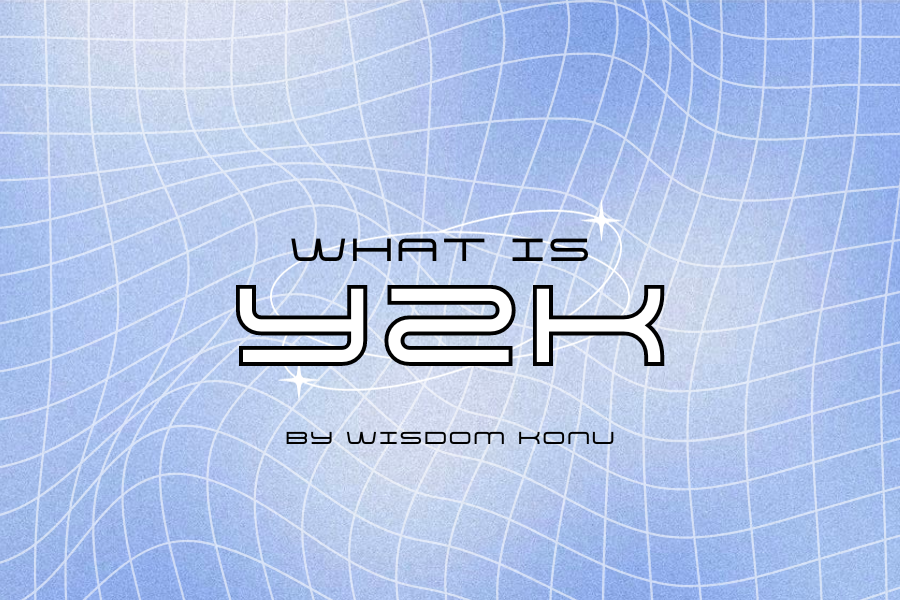
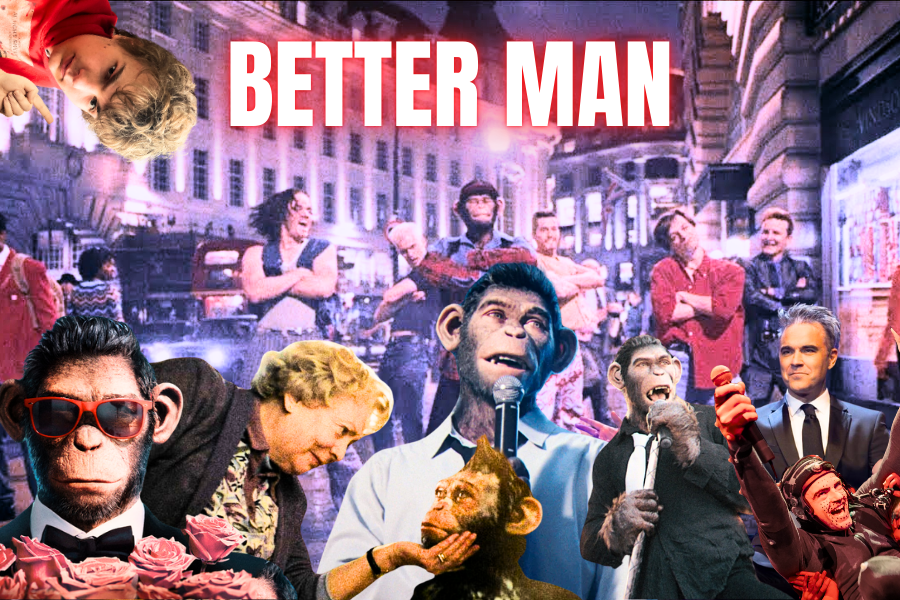
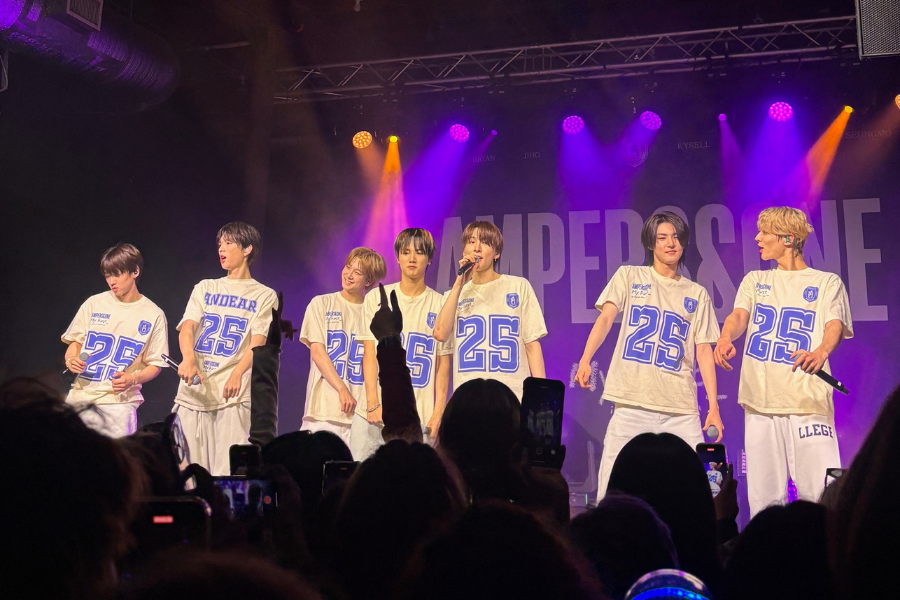
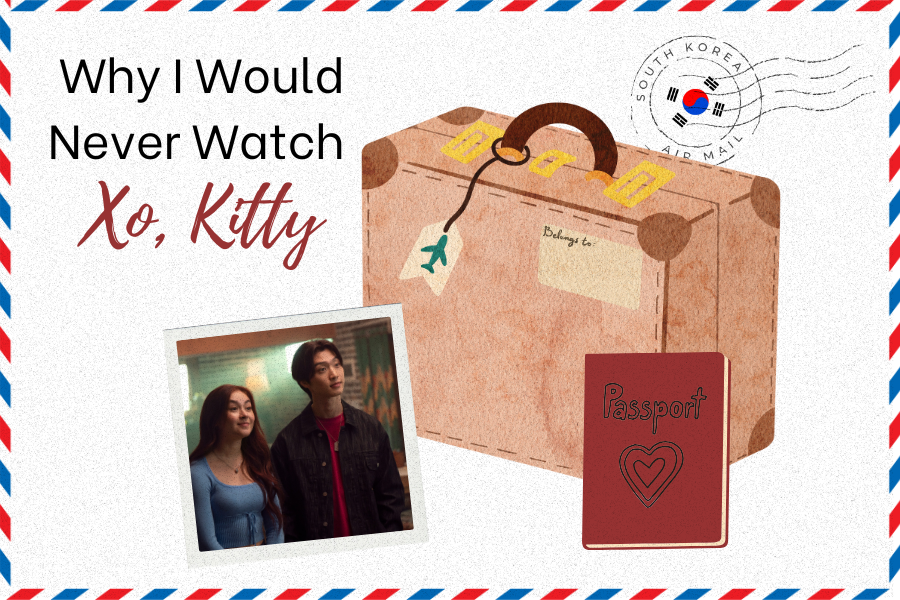


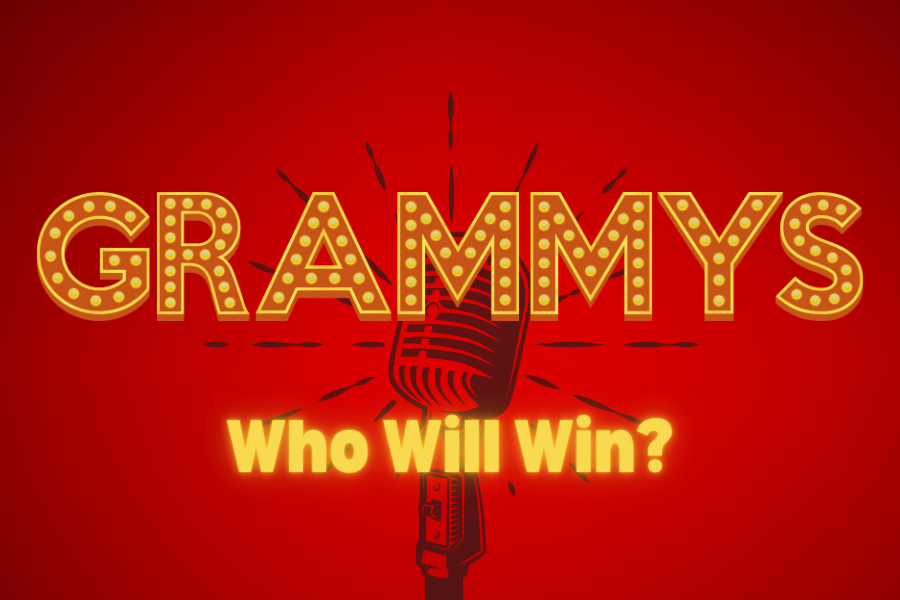
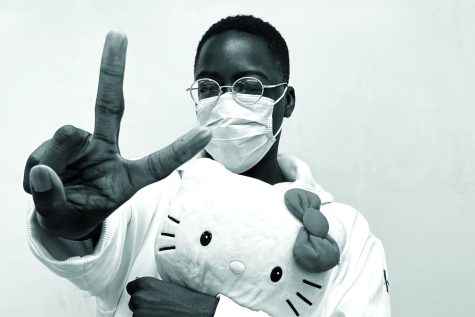
taylor • Feb 26, 2025 at 2:35 pm
n